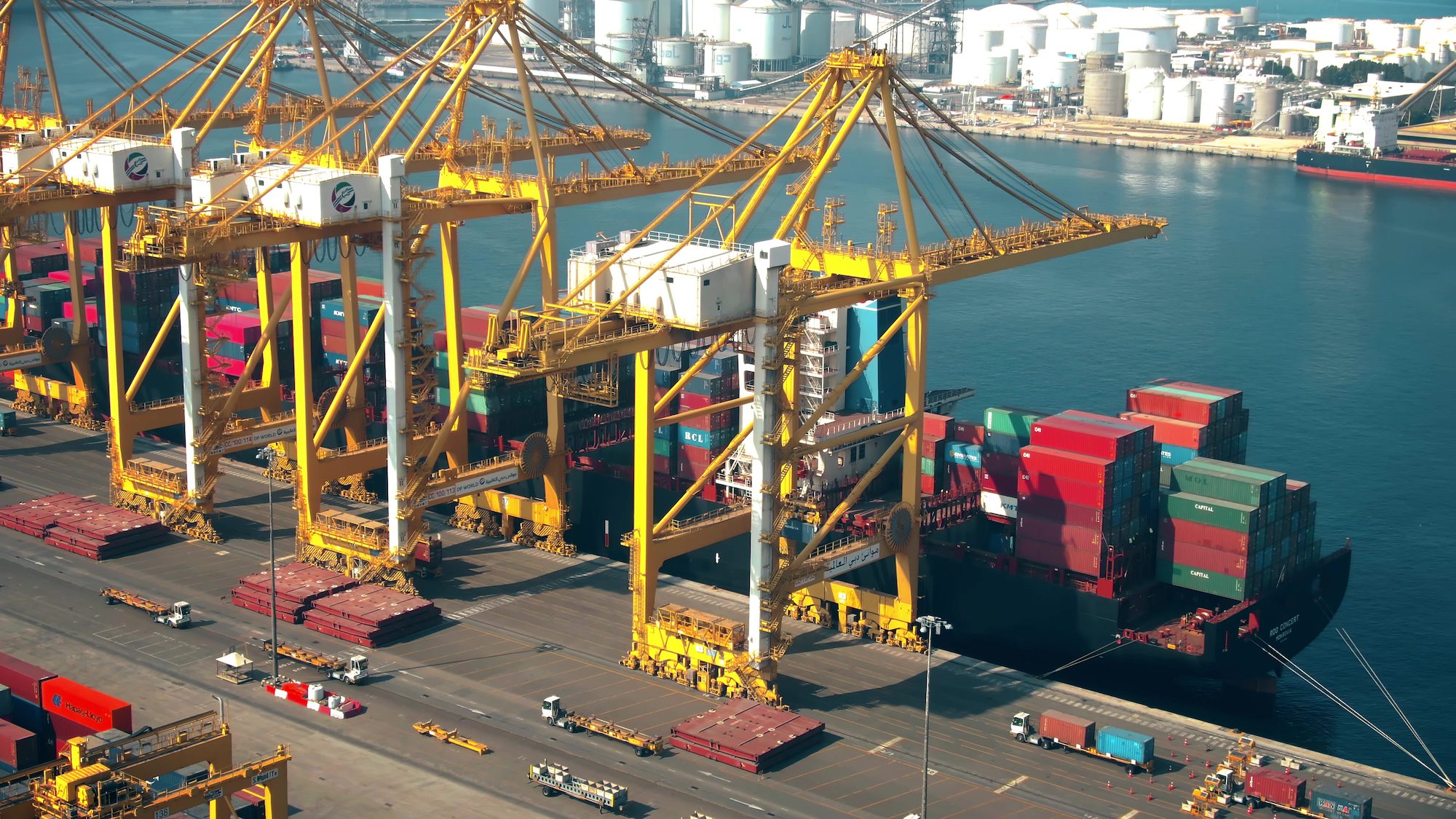In response to a recent accident involving a shipboard crane, the U.S. Coast Guard has issued a marine safety alert highlighting the hazards associated with shipboard crane wire ropes.
The incident occurred during the offloading of a 69-ton wind turbine nacelle when a wire rope parted, causing the load to fall and resulting in significant vessel damage and a total loss of cargo.
Fortunately, no personnel casualties were reported, but the potential for injuries was high as the load landed only three feet away from workers. An investigation into the incident revealed that corrosion, wear, and monotonic ductile overload were the main factors contributing to the wire rope failure. Although the wire rope was still within its permitted service life, the corrosion and wear should have prompted its replacement prior to the incident.
Cargo transfers using shipboard cranes are common and essential for servicing ports with limited shoreside infrastructure. While crane wire rope failures are rare, the consequences can be severe, including vessel damage, cargo loss, injuries, and even fatalities.
Although current regulations and conventions do not explicitly address servicing and discard criteria for wire ropes, class rules and manufacturer specifications outline the recommended guidelines. Typically, wire ropes have a standard period of employment of ten years, but their suitability for service can be compromised by factors such as corrosion and fatigue. Given the harsh operating environments that these ropes endure, vessel operators are urged to implement robust inspection and testing protocols to ensure the equipment’s suitability throughout its lifespan.
One of the challenges in maintaining wire ropes is the difficulty of inspecting their inner core due to multi-layered construction. To address this hazard, some manufacturers recommend the use of pressure lubricating devices that inject lubricant into the inner core, providing corrosion protection and reducing friction. However, it is important to note that heavy lubricating grease applied to the outer strands may conceal surface defects, which could lead to the wire rope’s removal from service if identified. While inspections and maintenance are crucial, periodic load tests remain the only reliable method for verifying safe loading capacity. These load tests are typically conducted every five years and after major repairs.
Owners and operators of ships on international voyages, subject to the Safety of Life at Sea (SOLAS) Convention, should be aware of recent amendments to SOLAS regulations. These amendments include mandatory requirements for the design, installation, testing, periodic inspection, and documentation of lifting appliances and associated loose gear used with the appliances. One of the key requirements is that all lifting appliances, regardless of whether they are newly installed or previously installed, must have their safe working load (SWL) established and permanently marked on the appliance.
The Coast Guard advises vessels with shipboard cranes to increase load testing frequency, use pressure lubricating devices, align maintenance tracking systems, consider early renewal of wire ropes, provide proper training to operators, implement increased visual inspection frequency, and degrease before inspections to enhance safety and mitigate risks.
You can read Safety Alert 11-23, Shipboard Crane Wire Rope Hazard Mitigation, here.

 Join The Club
Join The Club











